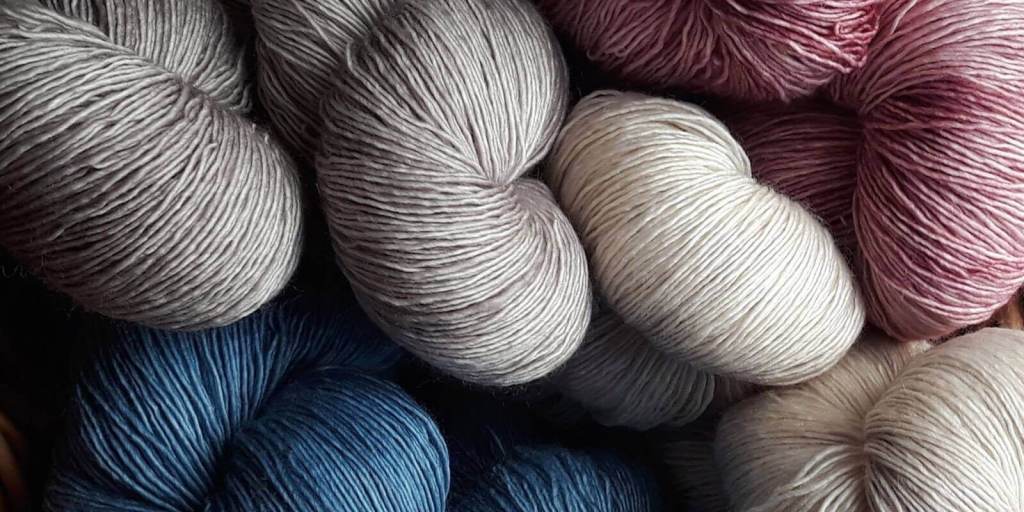Saltaire, a remarkable 19th-century industrialist who was also a social reformer, is known in the County of Yorkshire, England. His strong stone-built homes attest to a wealthy textile mill owner, who also wished his workers decent living conditions.
But he wasn’t always a mighty mill master. He was once a young man in the woolen trade, responsible for the purchasing of wool from the port. On one of his journeys country-wide to the coast of Lancashire and the port of Liverpool, he discovered some unwanted bales of strange wool.
He experimented back in Bradford. A very comfortable, luxury towel was potential here if he could only meet the technological difficulties of weaving. He was popular, and alpaca was a ‘must wear’ cloth of the moment.

Centuries ago, wool from the Alpaca was reserved for royalty in the Andes, who prized its weightless blend of softness and warmth. However, little was noticed for many years after the Spanish invasion. In the country, alpaca wool was neglected away from the now weak mountain tribes.
In the beginning of the 21st century, alpaca keeping became very popular not only as professionally maintained herds on extensive alpaca farming, but also in smaller numbers as a hobby in many areas of the world. One challenge is to retain wool’s good quality. Animal breeding and selection, breeding standards and diet are essential considerations. Competent shearing, sorting and processing of the alpaca fleece to provide the same degree of wool and color is necessary to achieve a luxurious cloth.
The alpaca fleece vary greatly in color with varying gray and brown tones between the white and black extremities. Alpaca wool also has a distinct character between races. The fleece is hanging like dreadlocks in long strands, while Huacaya is shorter and more crimpy. In both cases, younger animals’ extraordinarily fluffy fur is highly prized.
The warmth and light weight of alpaca clothing is induced by the fiber’s air-filled hollows. In comparison to sheep, alpacas don’t have fleece lanolin. The downside is reduced water resistance. But while natural lanolin has many advantages it is still an allergy issue for a proportion of the population and another advantage of alpaca is that many people cannot wear sheeps wool will wear it easily and comfortably.
The transition of an alpaca fleece to functional alpaca yarn is a multi step process as with the fleece from other animals such as dogs. Any hobbyists and cottage lovers want to work through the whole series. Others tend to carry their fleeces to woolen mills where they can be carded and spinned and where the wool is returned in a knitting or weaving manner. Others sell fleeces directly or through the wool industry by selling cooperatives again; they don’t manufacture garments themselves, prefer to focus on the animals themselves and the production of wool itself instead of its finished goods.
Alpacas can be a rewarding experience for your wool, whether it’s like a livestock company or a hobby. However, this can only be taken into account after a close review of the diverse facets of animal husbandry, wool production and economy – not to mention the seven days a week of non-stop involvement.
If you are Interested where to buy the Best Alpaca Cloth in Peru read this Article!
5 thoughts on “Soft and luxury Alpaca Wool”